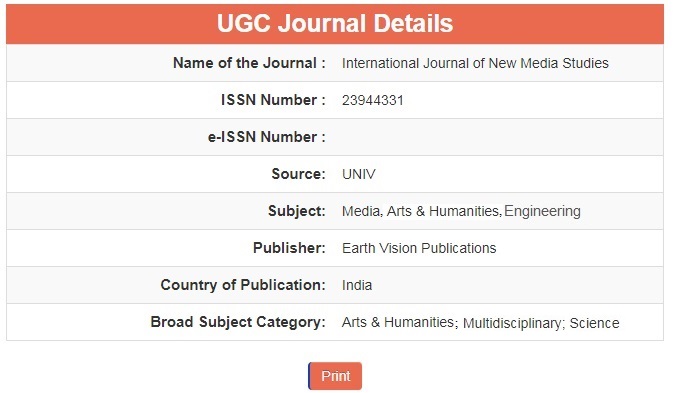Microstrip Patch Antennas for 5G Wireless Networks: Challenges and Opportunities
Keywords:
Microstrip Patch Antennas, 5G Wireless Networks, Challenges, Opportunities, Optimization.Abstract
The deployment of 5G wireless networks has ushered in a new era of connectivity, promising unprecedented speed, capacity, and low latency. At the heart of this technological revolution lies the design and optimization of antenna systems capable of meeting the stringent requirements of 5G communication. Among various antenna technologies, microstrip patch antennas have emerged as promising candidates due to their compact size, low profile, ease of fabrication, and compatibility with integrated circuits. However, the implementation of microstrip patch antennas for 5G networks presents several challenges and opportunities that need to be addressed to realize their full potential. This paper provides an overview of the key challenges faced in the development of microstrip patch antennas for 5G applications, including bandwidth enhancement, beamforming, polarization diversity, and integration with other components. It explores recent advances in antenna design techniques, materials, and fabrication processes aimed at overcoming these challenges. Additionally, the paper discusses the opportunities offered by emerging technologies such as metamaterials, reconfigurable antennas, and advanced signal processing algorithms in enhancing the performance and capabilities of microstrip patch antennas for 5G networks.






